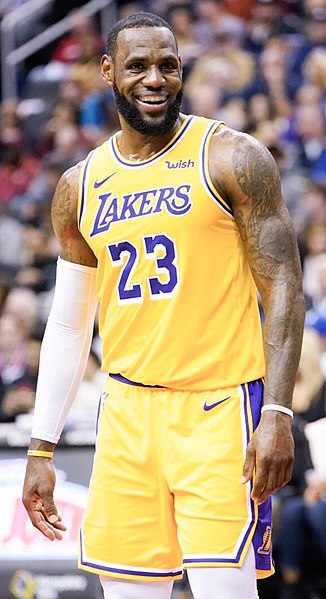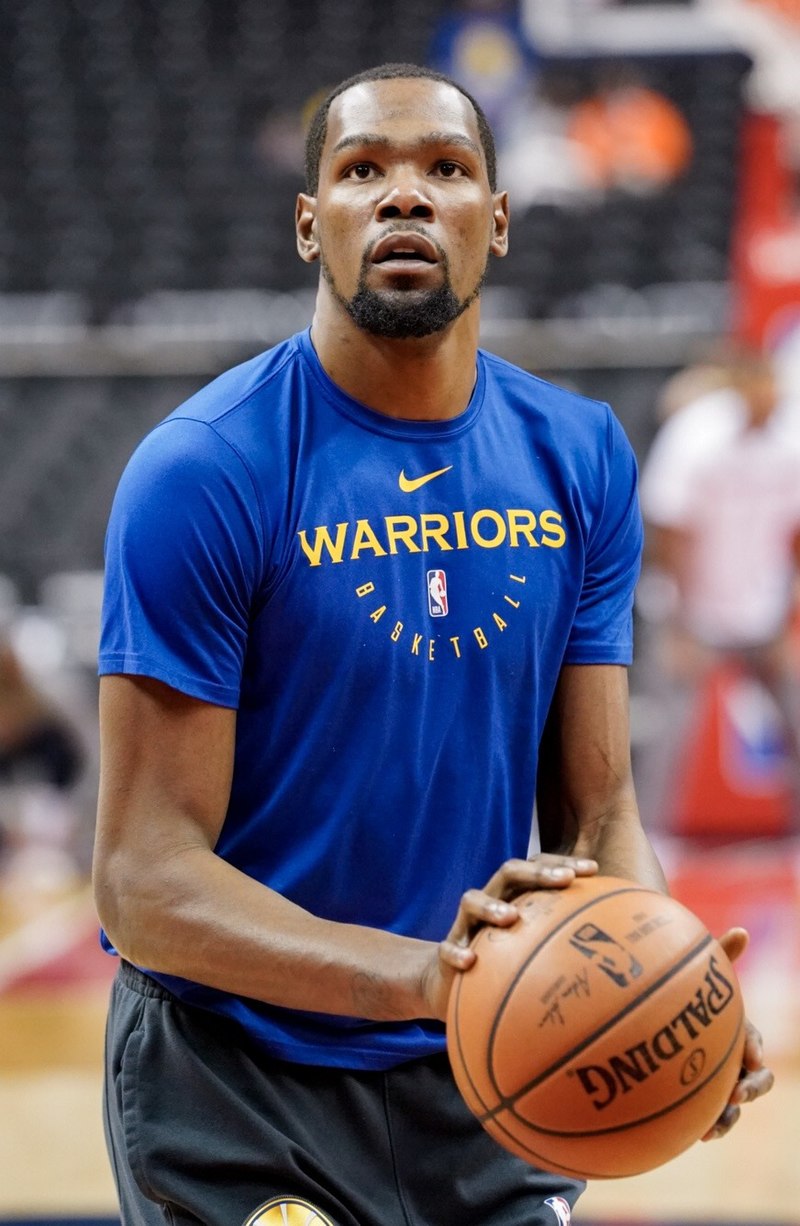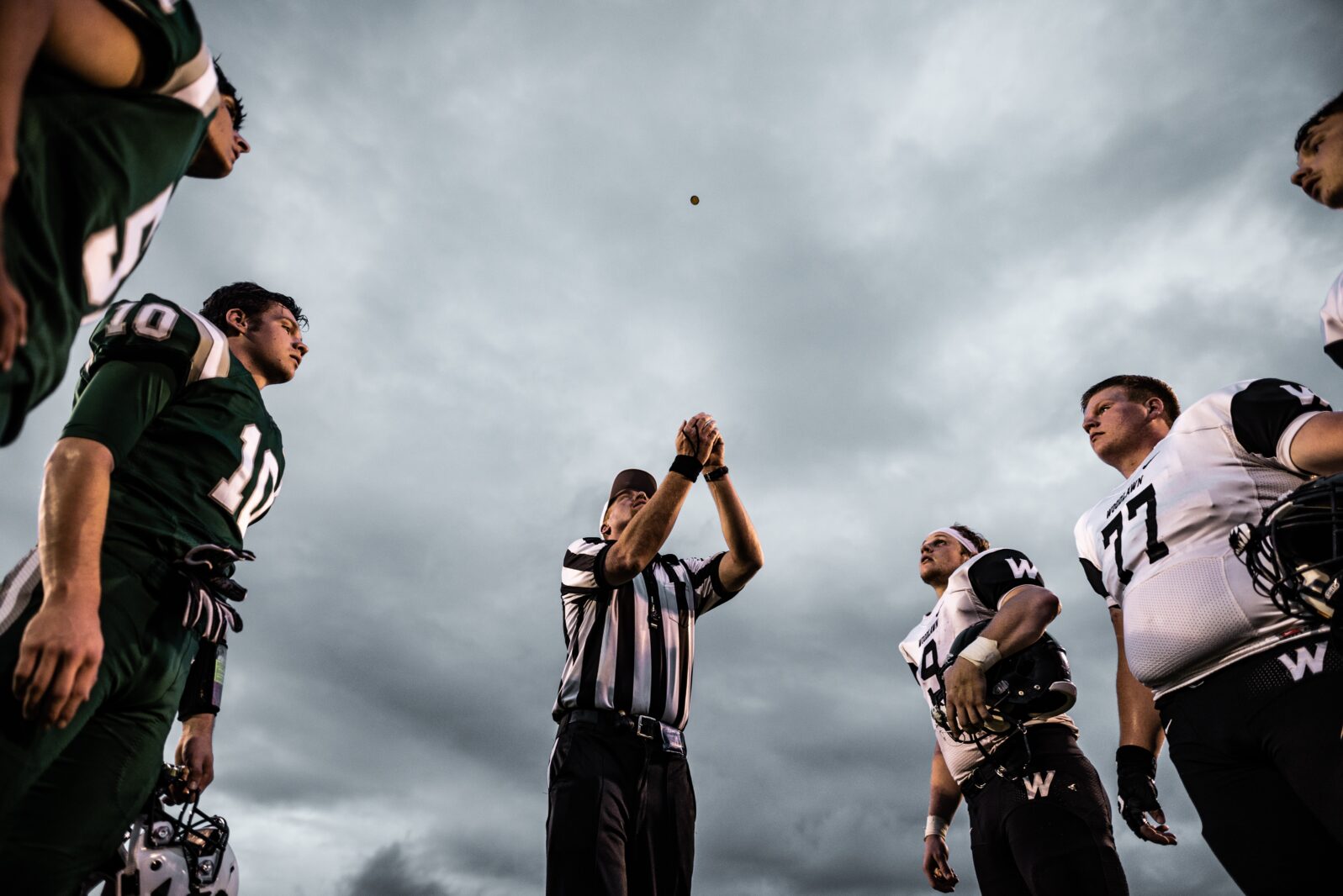Spot and Choose: Fair Play is Uniquely Human
How snake drafts, cake cuts, and queues exemplify human uniquenessIn the National Basketball Association All-Star exhibition game that was played yesterday, Team LeBron defeated Team Durant by a score of 170-150. The captains (LeBron James and Kevin Durant, both pictured) had taken turns choosing players for their teams. LeBron got the first pick (Giannis Antetokounmpo), Durant the second (Steph Curry), LeBron the third (Luka Doncic), and so on.
The talent is so uniform among the top two dozen NBA players that there is no real advantage to choosing first or second: any given player is arguably as good or better than the player chosen before him. In addition, the game is just an exhibition intended to entertain the fans with spectacular offensive plays, while the defense mainly tries to stay out of the way. NBA teams only score an average of 111 points in games that matter.

When players are chosen for a large number of teams and winning is important, there can be a real advantage to having the first pick in every round. These differences are magnified when there are wide variations in player ability (as is true in many amateur sports), so that the first pick in every round is a lot better than the last pick.
To even things up in such situations, team rosters are often chosen using a snake pattern: the draft order in the first round is determined randomly and then the next round goes in reverse order with the coach who makes the last pick in the first round getting the first pick in the second round. If there are 10 teams, for example, the coach picking first gets the 1st and 20th picks, while the coach picking last gets the 10th and 11th picks. The average draft order in the first two rounds is 10.5 for every coach.
Depending on the distribution of talent, it is sometimes advantageous to have the first pick; other times, the last pick is better. One year when I was coaching an AYSO youth soccer team, the coach picking first took his son, who was arguably the best player in the draft, and also got his twin brother (who was almost as good) as the last pick of the second round (because coaches are guaranteed to get their own children), and then the first pick of the third round. That was the best possible draft order for him, and he had a very strong team.
Snake drafts are widely used — ranging from fantasy sports teams to Settlers of Catan — because they are perceived as being fair, and people value fairness. Stacked teams, ringers, and sandbaggers have a deservedly bad reputation because humans appreciate fairness.
Snake drafts are not used when professional sports teams draft players because these drafts are designed to be intentionally unfair. The worst teams get the early picks in every round in the hope that they will gain some ground on the best teams — making the games closer. In practice, it doesn’t always work that way.

With 32 National Football League (NFL) teams, for example, the team picking first gets picks 1, 33, 65, 97, and so on, while the team choosing last gets picks 32, 64, 96, and so on. After the first pick, the team picking last is always choosing one spot before the team picking first. That first pick is the only advantage the team picking first has over the team picking last, and it is usually not nearly enough to move a team from bad to mediocre — rosters are large and mistakes are made, especially by bad teams.
NFL overtime rules, in contrast, are designed to be fair to both teams. Any regular season game that ends in a tie is currently decided by a 10-minute overtime period with frustratingly complicated rules. Here are the highlights:
- There is a coin toss with the visiting team calling heads or tails. The team that wins the coin toss can choose to either kick or receive the kickoff at the beginning of the overtime period, or can choose which goal to defend.
- If the team that receives the opening kickoff scores a touchdown on its initial possession, that team wins the game.
- If the team that receives the opening kickoff scores a field goal on its initial possession, it then kicks off to the other team. If the second team then scores a touchdown on its possession, it wins the game. If it scores a field goal, the game continues with the team that scores next winning the game. If the second team doesn’t score a touchdown or field goal, it loses the game.
- If the team that receives the opening kickoff does not score a touchdown or field goal on its initial possession, then the team that scores first wins the game.
- If there is no winner after 10 minutes, the game is declared a tie.
There are additional rules to handle safeties, onside kicks, fumbles, and interceptions, and there are different rules in postseason games, because there has to be a winning team that advances to the next round (or becomes the Super Bowl Champion).
The NFL has repeatedly tinkered with the overtime rules, but they are an ongoing source of controversy. One problem is simply that they are so complicated. Every time a game goes into overtime, the television announcers put a graphic on the screen explaining the rules, chuckling through the complexity. In addition, a lot of players and fans believe that the team winning the coin toss has an advantage and that games shouldn’t be decided by coin tosses. We want teams to earn their victories.
The Baltimore Ravens recently proposed a dramatically different approach called “spot and choose”. After a coin toss, one team places (spots) the ball anywhere on the field, and the other team chooses whether to be on offense or defense. The first team that scores wins. If the Spot team puts the ball on the defense’s 1-yard line, where the offense can kick an easy field goal, the Choose team can decide to be on offense. If the Spot team puts the ball on the offense’s 1-yard line, where the offense has to go 99 yards for a touchdown, the Choose team can decide to be on defense.
The very best spot is largely unknown and probably varies from team to team, but that only adds to the excitement. My guess is that the ball will be spotted around the offense’s 20-yard line, with 80 yards to go for a touchdown and 50 or so yards to go for a high percentage field goal. But if the rule is adopted, there will be lively debates.
The spot-and-choose system is similar to the classic problem of dividing a cake fairly between two people — one person cuts the cake into two pieces and the other person chooses a piece. The person cutting the cake should try to divide it so that he or she is indifferent about which piece the second person chooses. The second person chooses the piece that he or she prefers. With these rules, neither person envies the other person’s piece of cake. It doesn’t have to be cake. In the book of Genesis, Abram is said to have divided an expanse of land into Jordan and Canaan and offered his nephew Lot the choice of either.
A young colleague of mine, Malte Dold, did an interesting fairness experiment in which three volunteers are paid 5 Euros and then draw envelopes to determine how long they have to wait in order to receive an additional 5 Euros. Player A has to wait 10 minutes, Player B 20 minutes, and Player C 30 minutes. The wrinkle is that C can jump the queue by paying A a bribe of up to 5 Euros for the right to leave with A after 10 minutes. To make things even more interesting, all players know beforehand that B can punish A and C by making either of them wait longer. For every 3 minutes that B makes a player wait, B has to wait an additional 30 seconds.
Roughly 25 percent of the C players made no offer and 8 percent of A players refused all offers. When C did jump the queue, this did not affect how long B had to wait, and any punishment meted out by B increased B’s wait time, yet most B players handed out punishments. Interestingly, they generally punished player A (who accepted the bribe) more than Player C (who made the bribe). They were evidently less offended by Player C’s ability to pay a bribe than by Player A’s willingness to break the implicit rule that people in a queue should wait their turn. Jumping the queue violates our sense of procedural fairness.
Humans seem to be genetically hard-wired to treat others fairly, perhaps because there was survival and reproductive value for our distant ancestors who willingly cooperated with others. Experiments with young children have shown that they are disturbed when someone is given more than them or when they are given more than others. No other animals feel such guilt.
Humans are also uniquely clever in thinking up rules and procedures that are perceived by all parties as fair—such as snake drafts, cake cuts, and queues.
This is yet another example of how humans differ from computers. Despite our tendency to anthropomorphize computers — which is reinforced by the human-like computers in books, television, and movies — they do not possess human traits, emotions, and intentions. Computers do not innately value fair play. Nor could they create fair rules like spot-and-choose.
Note: The image of LeBron James is courtesy Flickr: LeBron James with the Los Angeles Lakers in 2018. The image of Kevin Durant is courtesy All-Pro Reels Kevin Durant (Wizards v. Warriors, 1-24-2019) CC BY-SA 2.0.
